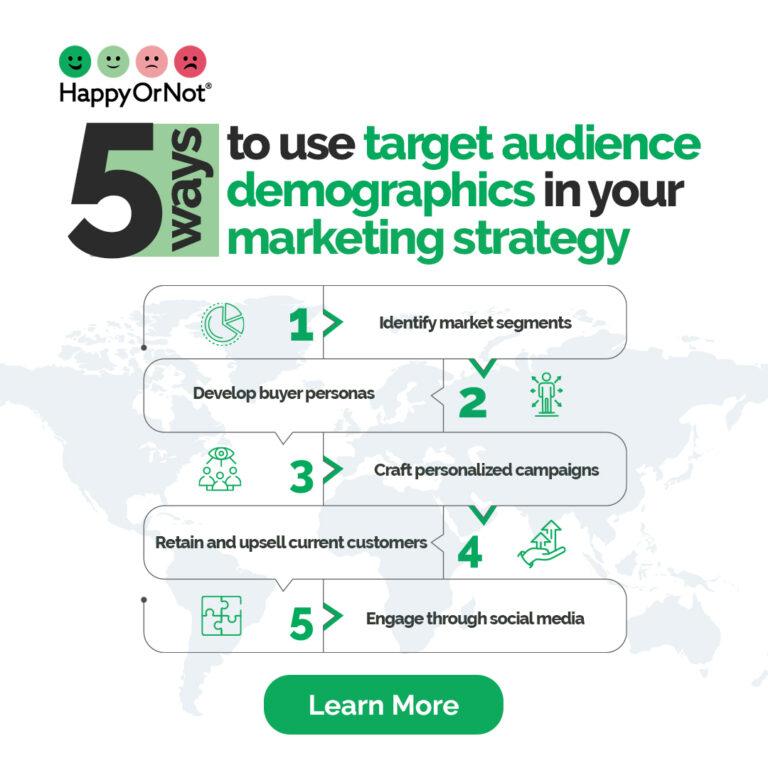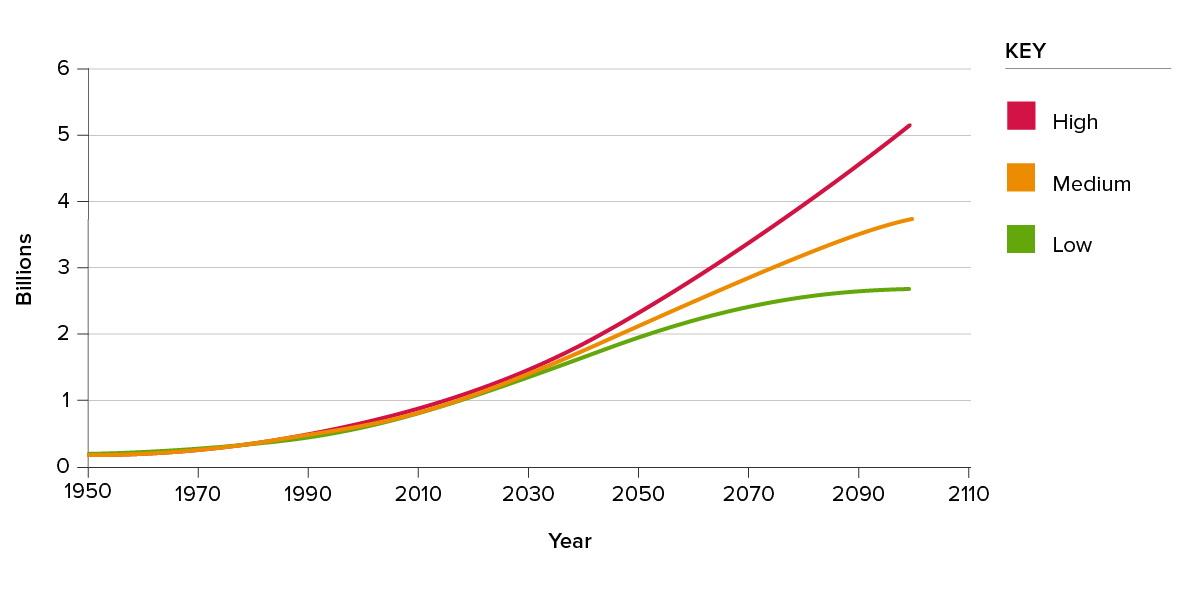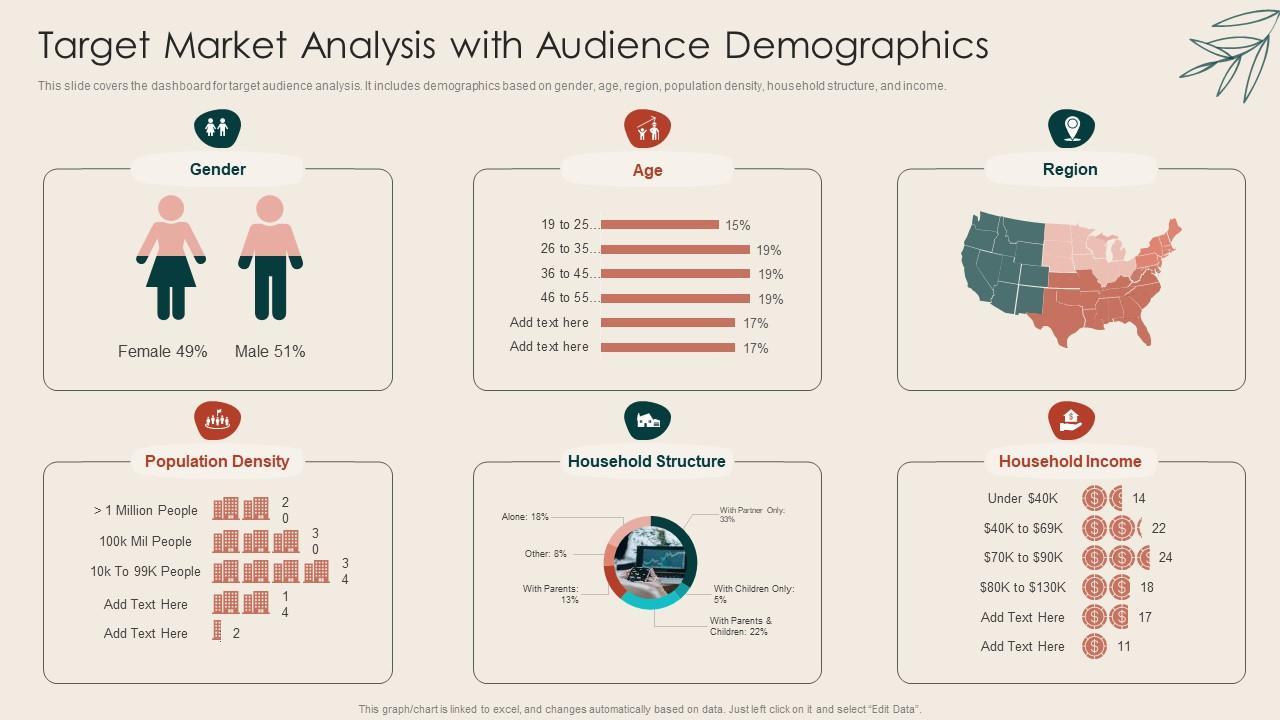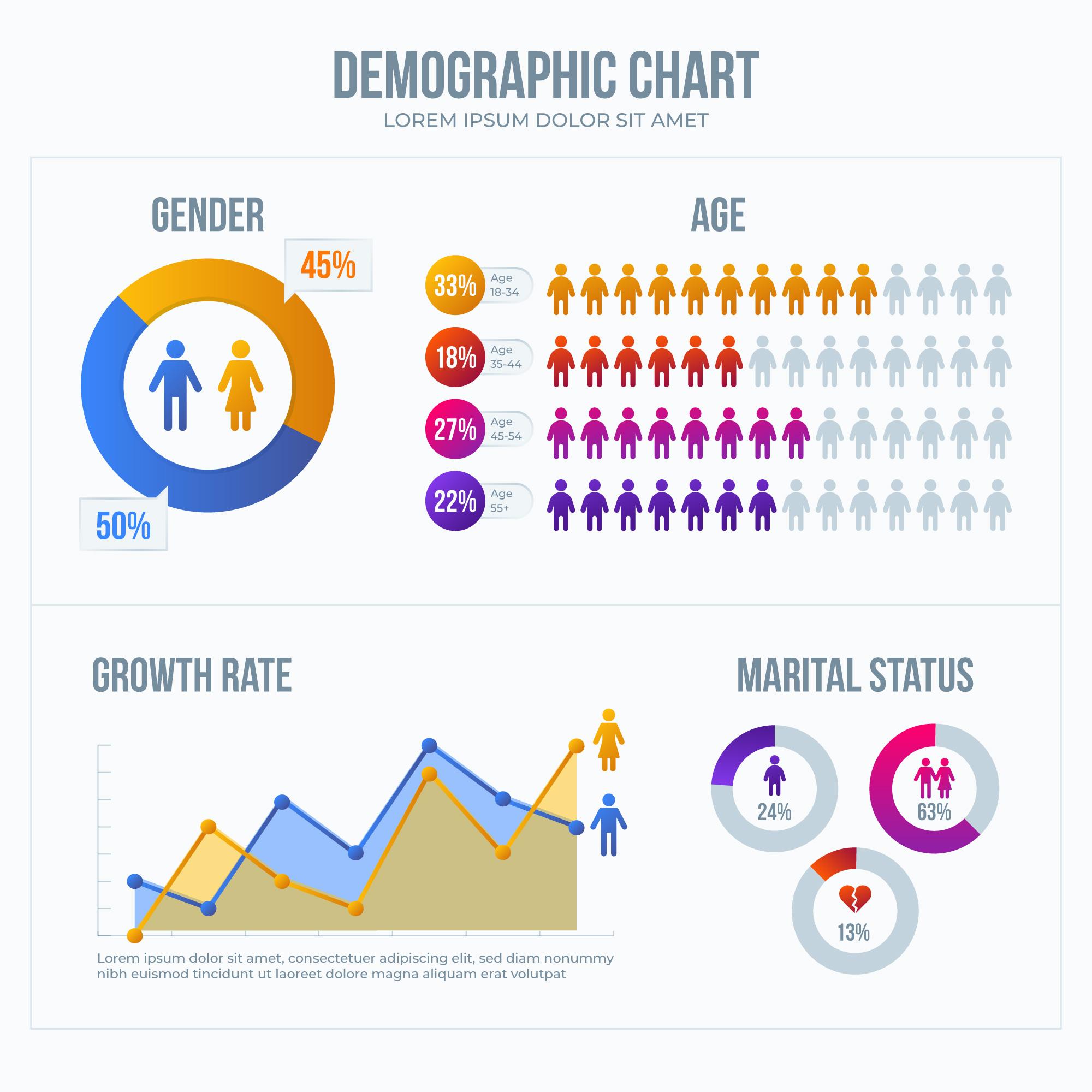
In the dynamic landscape of digital marketing, where trends shift as quickly as a swipe, influencer marketing has emerged as a powerful tool for brands eager to connect with their audiences. Yet, behind the glamour of viral posts and captivating endorsements lies a crucial, often overlooked element: audience demographics. Understanding the age, gender, interests, and cultural backgrounds of followers can be the key to unlocking engagement and driving authentic connections. This article delves into the intricate dance between influencer marketing and audience demographics, exploring how brands can tailor their strategies to resonate with diverse groups.Join us as we navigate the intersection of social influence and demographic insights, illuminating the path to more meaningful engagements and impactful marketing campaigns.
Understanding Audience Segments in Influencer Marketing
To effectively leverage influencer marketing, brands must delve deep into understanding the diverse audience segments that exist within their target market. Each demographic group possesses unique interests, preferences, and behaviors, which substantially influence how they engage with content. By identifying these segments, brands can tailor their campaigns to resonate more authentically. Consider the following audience demographics that are pivotal in shaping influencer collaborations:
- age: Different age groups have varying levels of engagement with social media and influencers.
- Location: Geographic nuances can affect cultural relevance, preferences, and purchasing power.
- Interests: Audiences are more responsive when influencers align with their passions and hobbies.
- Gender: Tailoring messages to speak to gender-specific concerns can enhance relatability.
Understanding these segments allows brands to construct campaigns that not only appeal to the right audience but also cultivate trust and connection. Additionally, employing segmentation strategies can yield more insightful data. Below is a simple illustration that categorizes key audience segments relevant to influencer marketing:
| Demographic | Characteristics |
|---|---|
| Gen Z | Social media-savvy, values authenticity, eco-conscious. |
| Millennials | Experience-driven, brand loyal, values social impact. |
| Gen X | Pursues value, family-oriented, conventional consumers. |
| Baby Boomers | brand-focused, appreciates quality, less active on social media. |

Identifying key Demographic Trends for Targeted Campaigns
In the landscape of influencer marketing, understanding the nuances of audience demographics is crucial for crafting campaigns that resonate. Marketers are increasingly turning their attention to key demographic segments that can effectively elevate brand engagement. By examining aspects such as age, gender, location, and interests, professionals can tailor their messages to meet the specific needs and desires of their target audience. For instance, a campaign aimed at gen Z might focus on platforms like TikTok, utilizing trends and challenges to attract attention, while a more mature audience might respond better to content on Instagram or Facebook. When campaigns align with the preferred platforms and content styles of their audience, they achieve greater success in capturing and retaining attention.
To facilitate effective targeting, it’s essential to analyse the behavior and preferences of various demographic groups. Marketers can benefit from segmenting their audience based on common characteristics, enabling personalized outreach that feels authentic and relevant. Consider the following core demographic attributes that often drive engagement:
- Age: Different age groups exhibit unique values and interests.
- Gender: Tailoring messages to resonate with specific gender demographics enhances relatability.
- Location: Geographic targeting can help align campaigns with regional trends and cultural nuances.
- Interests: Identifying hobbies and passions allows for the creation of relatable content.
In leveraging these insights, brands can construct a campaign matrix to visualize the connection between influencers and their audiences. This table could serve as a quick reference to assess which influencers align with desired demographic targets:
| Influencer | Target Demographic | Platform |
|---|---|---|
| Influencer A | 18-24, Tech-Savvy | TikTok |
| Influencer B | 25-34, Lifestyle | |
| Influencer C | 35-50, Wellness |
By focusing on these characteristics during the campaign planning phase, marketers can optimize their strategies, ensuring higher levels of audience engagement and conversion rates.

tailoring Content Strategies to Enhance Engagement
Understanding your audience’s demographics is crucial for shaping tailored content strategies that resonate with their interests and preferences. age, gender, location, and interests play significant roles in determining what type of content will capture attention and stimulate interaction. By analyzing these factors, brands can customize their messaging and format to align with the unique characteristics of their target demographic. For instance, younger audiences may favor short, dynamic videos and social media platforms like TikTok, while older consumers might respond better to informative articles or live webinars. Leveraging data analytics tools helps in gaining insights into audience behavior, enabling influencers to create content that is not only appealing but also encourages meaningful engagement.
It’s also essential to consider the timing and platform on which to deliver this tailored content. Different demographics gravitate towards various online spaces, which can significantly influence engagement rates. For example, Millennials and gen Z are often found on platforms like Instagram, while Baby Boomers may prefer Facebook. Here’s a brief overview of demographics and preferred platforms:
| demographic Group | Preferred platform | Preferred Content Type |
|---|---|---|
| 18-24 years | Instagram, TikTok | Short videos, memes |
| 25-34 years | Instagram, YouTube | Visual content, tutorials |
| 35-54 years | Facebook, LinkedIn | Articles, webinars |
| 55+ years | Informative posts, community discussions |
By aligning content strategies with the platforms and formats preferred by specific demographic groups, brands can enhance engagement and foster a deeper connection with their audiences. This tailored approach not only boosts visibility but also establishes trust, ultimately leading to greater brand loyalty in a competitive influencer marketing landscape.

Measuring the Impact of Demographics on Influencer Success
Audience demographics play a crucial role in determining the success of influencer marketing campaigns. Marketers must understand the nuances associated with various demographic factors to effectively match the right influencers with their brand. Age, gender, location, and interests are just a few demographic elements that can significantly impact engagement rates and reach. For example, an influencer popular among Gen Z may not have the same resonance with Millennials or Baby Boomers. By analyzing the demographics of an influencer’s followers,brands can tailor their messaging and ensure their campaigns align with the interests and preferences of their target audience.
To illustrate the importance of demographic alignment, consider the following table that highlights potential engagement differences based on influencer demographics:
| Demographic Group | Preferred Content Types | Suggested Influencer Types |
|---|---|---|
| Gen Z |
| Micro-Influencers |
| Millennials |
| Expert Influencers |
| Baby Boomers |
| established Influencers |
incorporating demographic insights into influencer strategy not only amplifies brand messaging but also fosters community engagement. A campaign that resonates with the audience’s demographics is likely to see higher conversion rates, as consumers feel a genuine connection with influencers who reflect their own backgrounds and values. By continuously evaluating and adapting to demographic trends, brands can unlock the full potential of influencer marketing to create meaningful and impactful connections with their target audiences.
To Wrap It Up
In the dynamic landscape of influencer marketing,understanding audience demographics is akin to holding the keys to a treasure chest of engagement potential.As we’ve explored, knowing who your audience is—what they value, how they communicate, and what inspires them—enables brands to forge genuine connections that resonate.It’s not merely about reaching a large number of people; it’s about reaching the right people at the right time, with a message that truly matters.
As the digital world continues to evolve, so too must our strategies for leveraging influencers in ways that are meaningful and impactful. The synergy between influencers and their followers offers a rich tapestry of opportunities; it invites marketers to be thoughtful,intentional,and inclusive in their approach. By unlocking the depths of demographic insights, brands can elevate their campaigns, fostering authenticity and loyalty in a world awash with choice.
So, as you embark on your influencer marketing journey, remember that engagement is not a one-size-fits-all formula. Instead, it’s a nuanced dance between understanding your audience, selecting the right influencers, and crafting messages that resonate deeply. By embracing this complexity, brands not only enhance their visibility but also craft stories that echo in the hearts of their audiences, ultimately turning fleeting attention into lasting connections. Unlock the potential, and watch your influence grow.